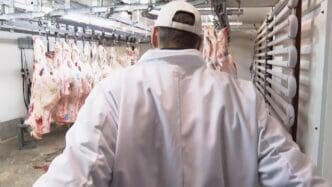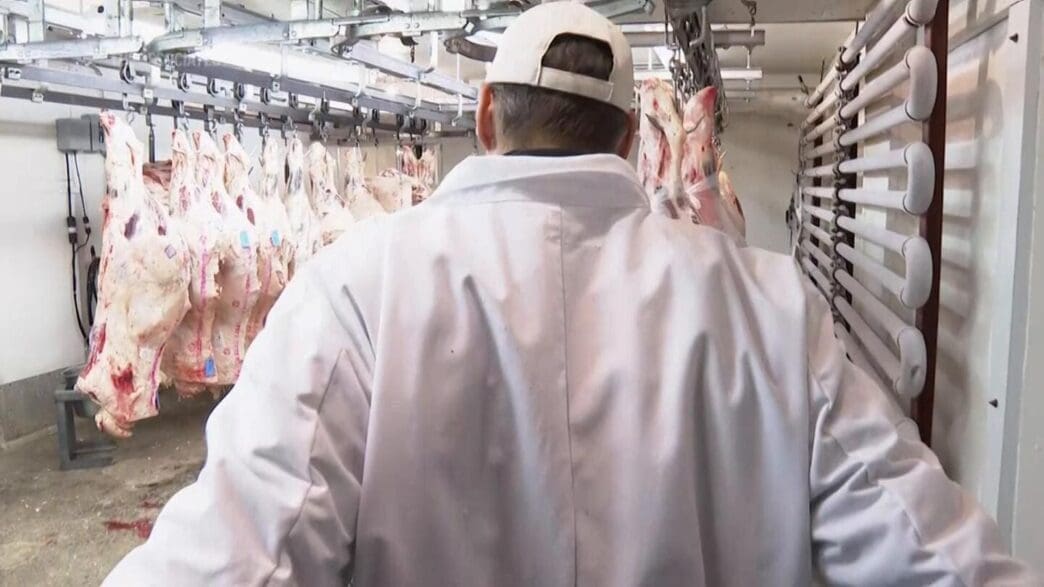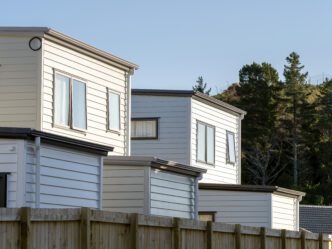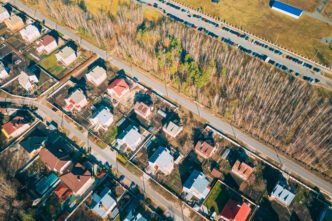The Meatpacking District, once a bustling hub for NYC’s meatpackers, is undergoing significant transformation as the last of its butchers have decided to end their leases prematurely. This decision paves the way for new developments on the city-owned lot, marking the end of an era for this iconic district.
The final group of meatpackers operating in New York City’s historic Meatpacking District have officially agreed to vacate their premises, allowing for redevelopment of the area. This move signals a shift in the district’s identity, which has evolved from an industrial center to a chic, trendy neighborhood. Historically, the district was known for its numerous meat processing facilities, but over the years, these have been gradually replaced by high-end boutiques, restaurants, and luxury apartments.
A third-generation meatpacker expressed mixed emotions about the transition. Ready for retirement, he acknowledged the bittersweet nature of closing a chapter that has been part of his family’s legacy. Despite this sentiment, he remains proud to witness the building’s closure, which reflects a broader trend of urban development and modernization in New York City.
The decision to end leases early was influenced by various factors, including changes in the real estate market and the evolving needs of the city. This shift is part of a larger pattern where traditional industrial spaces are repurposed to accommodate modern urban living and commerce. It highlights the ongoing tension between preserving historical industries and embracing new economic opportunities.
As the redevelopment plans proceed, they will likely include commercial and residential projects that align with the district’s current upscale image. However, the departure of the last meatpackers represents more than just a physical change—it embodies the cultural and economic transformations shaping NYC.
The departure of the final meatpackers from New York City’s Meatpacking District marks the closing of a significant chapter in the city’s history. As the area continues to evolve, it highlights the broader changes in urban development and the delicate balance between preserving heritage and fostering modernization.
Source: APNews








